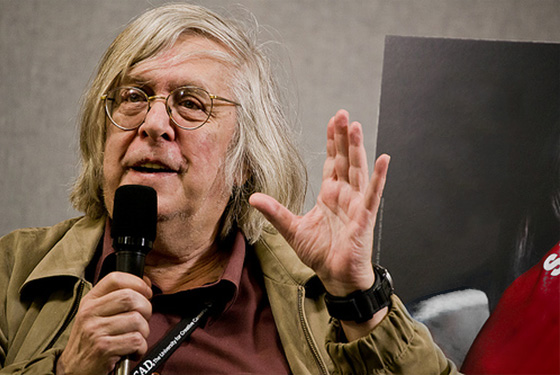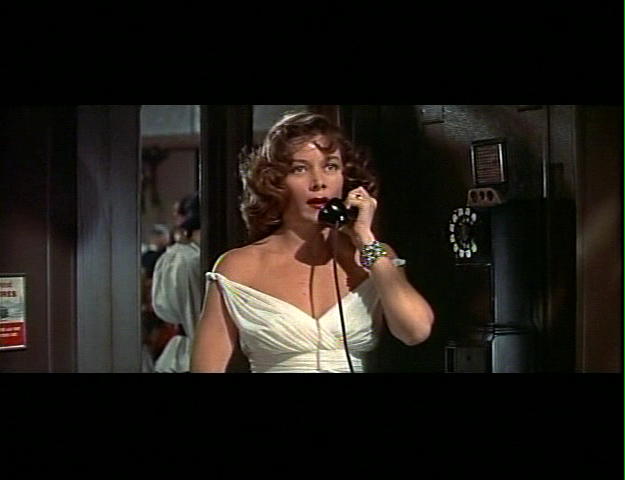Recommended Reading: VINCENTE MINNELLI: THE ART OF ENTERTAINMENT
VINCENTE MINNELLI: THE ART OF ENTERTAINMENT, edited by Joe McElhaney, Detroit: Wayne State University Place, 2009, 458 pp.
In spite of my disappointment that Mademoiselle — Minnelli’s extraordinary centerpiece in The Story of Three Loves and surely one of his greatest films — gets virtually ignored here, this is a terrific critical collection, so I’m very grateful to Girish Shambu’s blog for calling my attention to it. Among the many treasures to be found here are what appears to be the very best French criticism about Minnelli, expertly translated by Bill Krohn, Jean-Pierre Coursodon, and Brian O’Keefe, including Raymond Bellour (on Brigadoon), Serge Daney (separate pieces on The Pirate and The Cobweb as they each appear on French TV), Jean Douchet (separate pieces on The Four Horsemen of the Apocalypse and Two Weeks in Another Town), Emmanuel Burdeau (who also has two pieces), and Jean-Loup Bourget. There are also sturdy contributions by, among others, Krohn himself, Scott Bukatman, Thomas Elsaesser, Adrian Martin, James Naremore, Dana Polan, Robin Wood, and two essays apiece by Geoffrey Nowell-Smith, David A. Gerstner, and the editor, Joe McElhaney.
Back in the mid-1980s, I published a survey about Minnelli’s work on video, titled (I believe) “In Dreams Begin Responsibilities,” which I seem to have misplaced — something I’m mentioning now only because I’ve often thought that this particular phrase from William Butler Yeats perfectly describes Minnelli’s auteurist thematics. Read more

